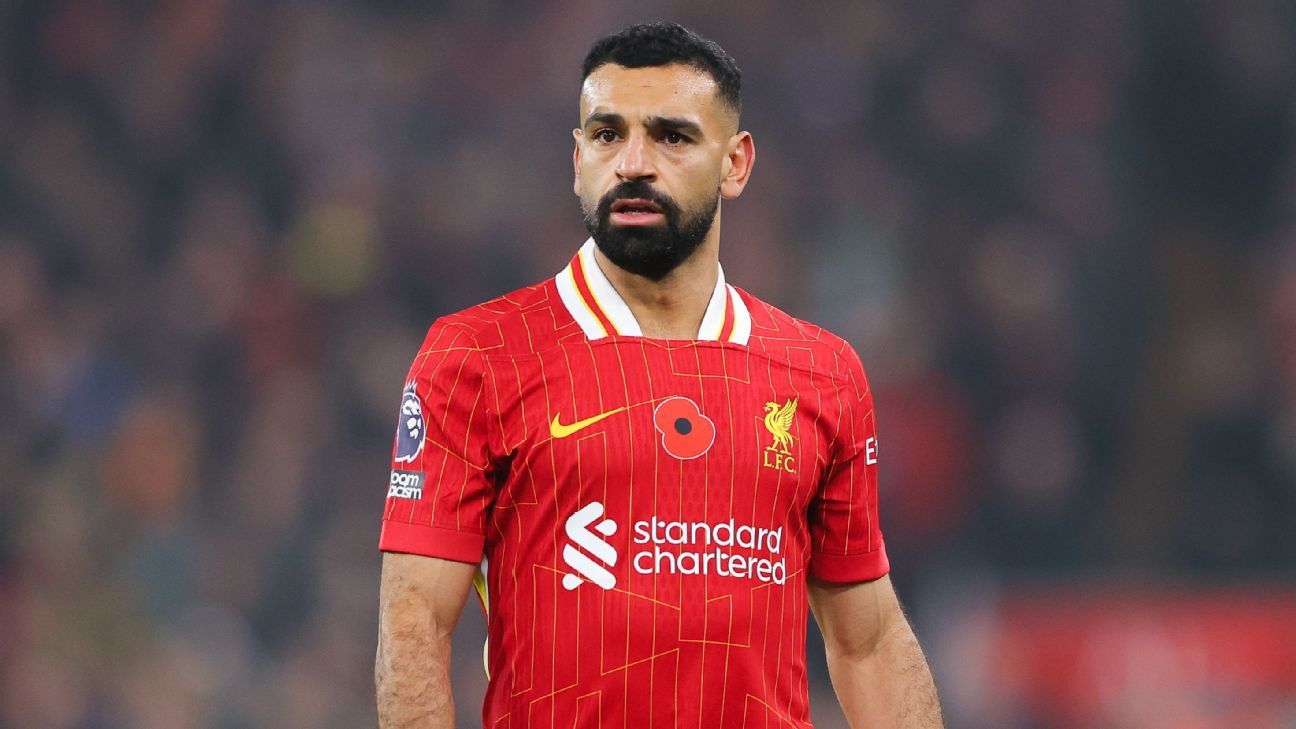
CONCORD, N.C. — You get a playoff berth, and you get a playoff berth, and you get a playoff berth!
That’s what ran through my head when the National Hot Rod Ass’n announced changes to its Countdown to the Championship playoff system.
For those who may have missed the changes: In the past only the top-10 drivers in points in Top Fuel, Funny Car, Pro Stock and Pro Stock Motorcycle earned guaranteed positions in the Countdown to the Championship.
Now, in addition to being able to qualify for the Countdown by being inside the top-10 in points at the conclusion of the U.S. Nationals, any competitor who competes at every race and makes at least two qualifying runs will automatically earn a chance to race for a championship.
So much for making the Countdown to the Championship feel important and exclusive.
I’ve never been a huge fan of playoff systems in racing. I wasn’t a fan when the NHRA officials announced the Countdown to the Championship and I haven’t been a big proponent of NASCAR’s multiple versions of its own playoff system.
That being said, I’ve come to accept playoff systems in motorsports as the new normal.
However, there is a right way to do them and a wrong way to do them. This change to the Countdown to the Championship constitutes the latter.
Let’s use the National Football League as an example. There are 32 teams in the NFL, of which 12 teams earn playoff positions to eventually crown a Super Bowl champion. What about Major League Baseball? Of 30 possible teams, 10 qualify for the postseason, five each from the National League and American League.
What’s the common denominator here? The playoffs are meant to be exclusive. Only the best of the best make the playoffs, where they play to decide who is the best in any given year.
By allowing anyone who simply shows up and makes two qualifying runs on a given weekend to qualify for the Countdown to the Championship, NHRA is making a joke of what was arguably the best motorsports playoff system.
Why the change? In the official press release announcing the revision, it said, “NHRA officials made this change in order to better reward driver endurance and encourage participation in regular season events.”
I’m not buying that argument.
Each year at least one or two drivers with a major sponsor miss the Countdown to the Championship for one reason or another. That’s part of having a playoff system;sometimes good teams have a bad year and they don’t make the playoffs. It happens.
Now that’s not a concern for drivers such as Cruz Pedregon, who had a difficult year in 2019 and failed to make the Countdown in the Funny Car class. All he’s got to do is show up each weekend, make two qualifying attempts and he’ll be a Countdown driver.
Meanwhile, on the Top Fuel side, Billy Torrence only competed in 10 of the 18 regular-season races prior to the Countdown to the Championship. He performed well enough to sneak into the Countdown in the 10th position, winning twice in the final few races to earn a top-five championship finish.
Obviously, that’s not how NHRA intended the Countdown system to work, but most would agree Torrence was one of the best Top Fuel competitors of the year. Just because he didn’t attend every race like his son, Top Fuel champion Steve Torrence, doesn’t mean he didn’t deserve his spot in the Countdown.
Frankly, the change doesn’t make a lot of sense. The playoffs should be exclusive, for the best of the best. If you weren’t good enough to make the Countdown to the Championship despite showing up at each of the first 18 races, that’s not NHRA’s fault and series officials shouldn’t treat it as something they need to fix.
Step up your performance or get out of the way.
Oh, and since we’re on the topic of playoff fields in motorsports, let’s talk about another recent change. This one pertains to one of NASCAR’s national series.
Until recently, the NASCAR Gander RV & Outdoors Truck Series playoff field was limited to eight drivers.
Now, NASCAR has opened up the Truck Series playoff field to feature 10 competitors. Why?
Eight seemed like the ideal number. However, according to Brad Moran, managing director for the Gander Trucks Series, the addition of more top-level teams necessitated the change.
“It seemed like the right number,” Moran said. “We only start 32 trucks, we have a great group of owners and we did not want to water down our playoffs, but the two additional trucks kind of changes the whole layout. It changes the whole ecosystem of the playoffs. People are going to be that much more aggressive to get one of those 10 spots.”
The way the rules are written, drivers must compete in every Truck Series race in order to qualify for the playoffs. Last year only 11 drivers competed in all 23 Truck Series races.
However, NASCAR often hands out waivers to drivers who miss races — either because of injury, suspension or age restrictions. So that rule about running every race means nothing.
Perhaps I’m a bit of a purist and I prefer things the way they used to be. Or, perhaps I just prefer that if we’re going to use playoff systems in motorsports that we actually make them mean something.















 Phone: (800) 737. 6040
Phone: (800) 737. 6040 Fax: (800) 825 5558
Fax: (800) 825 5558 Website:
Website:  Email:
Email: 






